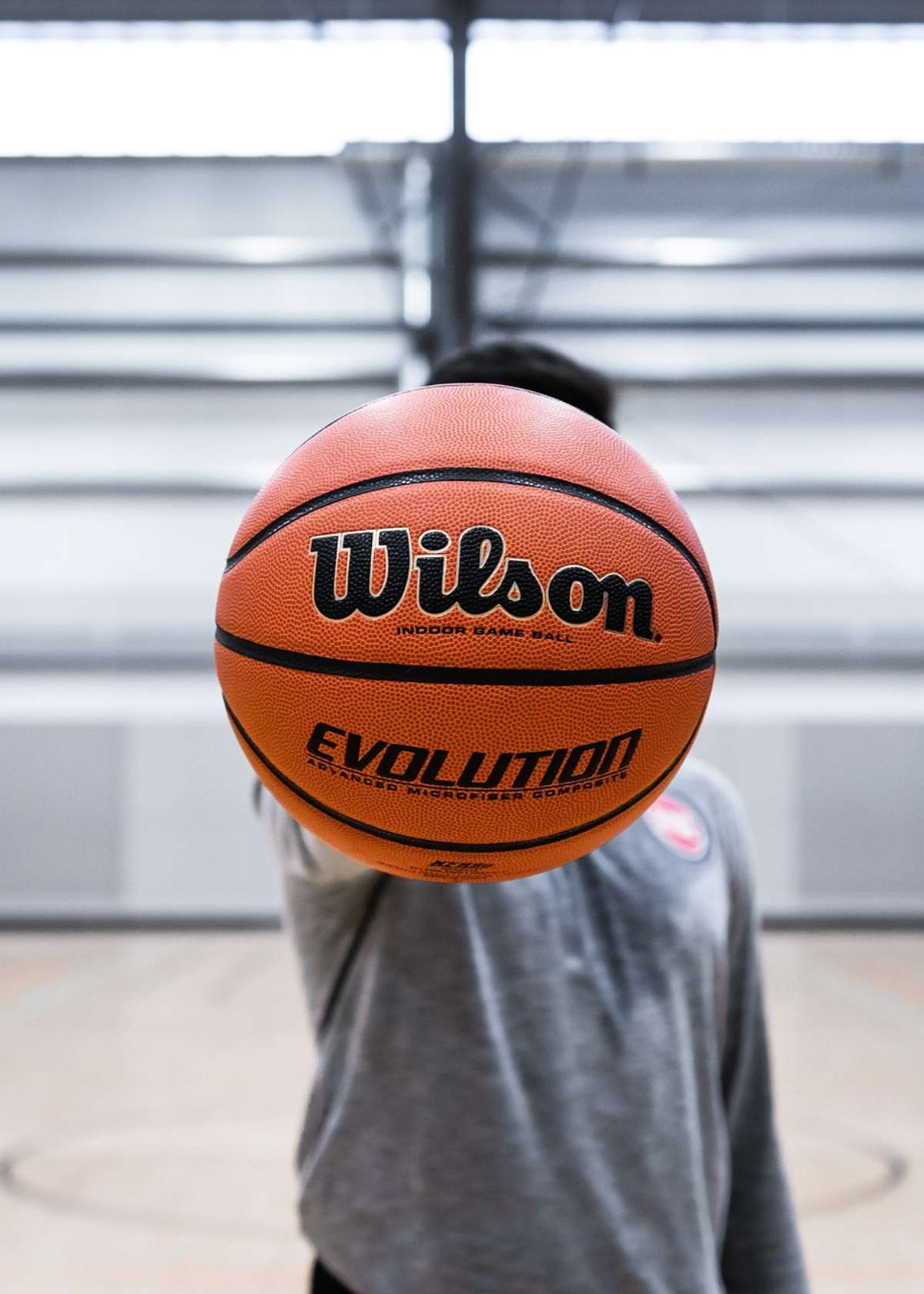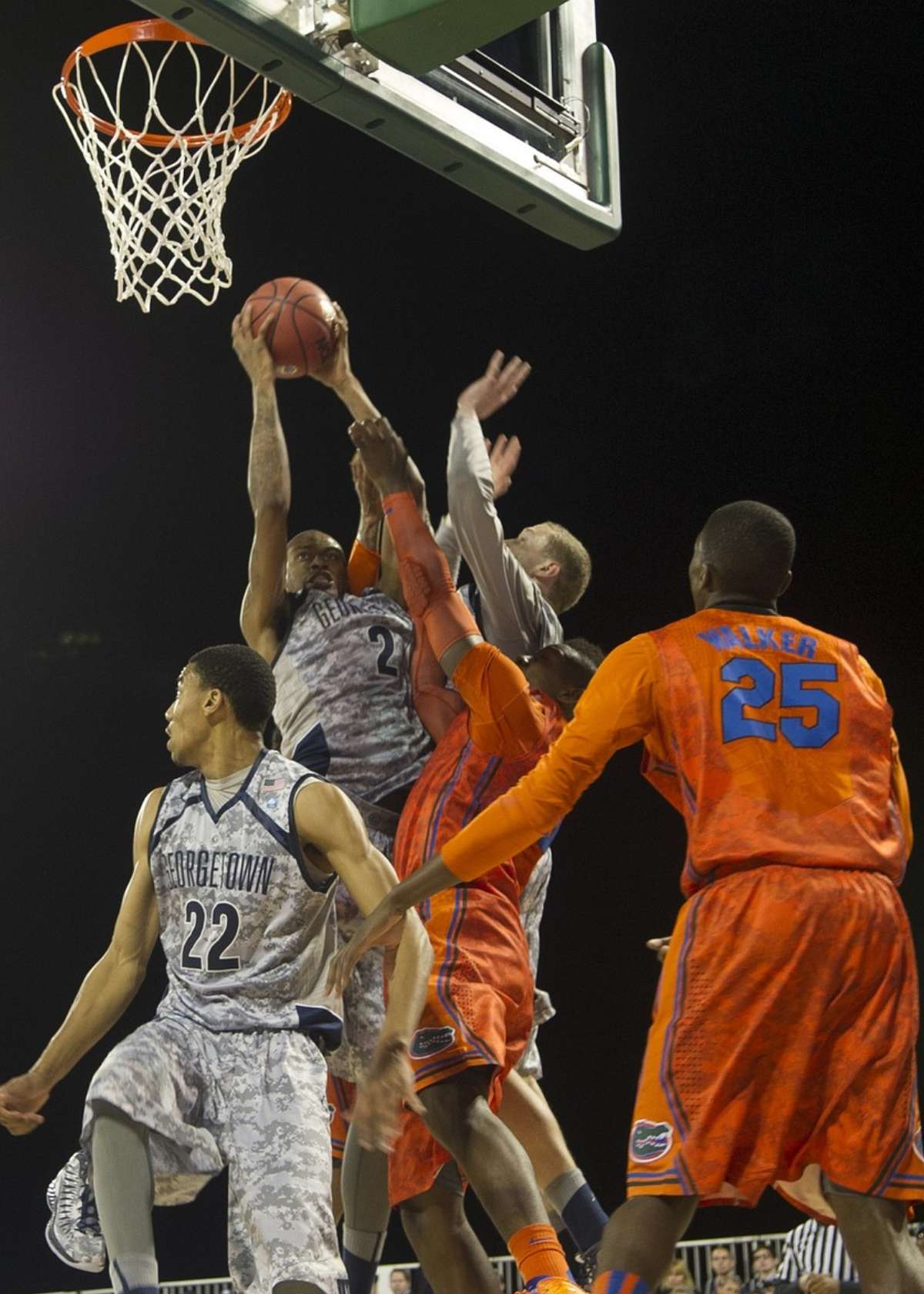Basketball is one of the most popular sports in the world, but have you ever stopped to wonder how long a basketball lasts? The answer is not as simple as you might think.
The lifespan of a basketball depends on various factors, including the material it is made of, how it is used, and the environment it is exposed to.
In this blog post, we will dive into the topic of basketball durability and maintenance, covering everything you need to know to extend the life of your basketball.
What Is The Lifespan of a Basketball?
The lifespan of a basketball can range anywhere from a couple of months to several years. It all depends on the quality of the ball, how often it's used, and how it's maintained.
High-quality basketballs can last up to five years or more with proper care, while cheaper balls may only last a few months.
When Should I Replace My Basketball?
If your basketball is showing signs of wear and tear, such as cracks, flat spots, or air leaks, it's time to replace it. It's also important to replace your ball if it has become misshapen or no longer bounces correctly. In general, you should replace your basketball every one to two years if it's used frequently.
What Is A Basketball Made From?
Basketballs are typically made from a combination of rubber, synthetic leather, or genuine leather. High-quality basketballs are made from genuine leather, while mid-range balls are usually made from synthetic leather. Cheaper basketballs are often made from rubber.
Factors Affecting Basketball Durability: Material, Usage, and Environment
The durability of a basketball is influenced by three main factors: the material it's made from, how it's used, and the environment it's exposed to. Genuine leather basketballs are the most durable, but also the most expensive.
Synthetic leather basketballs are more affordable and also quite durable. Rubber basketballs are the cheapest and least durable. The more often a basketball is used and the rougher the playing surface, the faster it will wear out.
Finally, extreme temperatures, humidity, and exposure to direct sunlight can all cause a basketball to deteriorate faster.

The Role of Brand and Quality in Basketball Life Expectancy
The brand and quality of a basketball are crucial to its life expectancy. Higher-end basketballs are constructed with better materials and more advanced manufacturing techniques, resulting in a more durable ball.
Some of the top basketball brands on the market include Spalding, Wilson, and Nike, all of which offer a range of high-quality basketballs.
Indoor vs Outdoor Basketballs: How Playing Surface Impacts Longevity
Indoor basketballs are generally made from leather or synthetic leather and are designed to be used on indoor courts, which have a much smoother surface than outdoor courts.
Outdoor basketballs are usually made from rubber and are designed to withstand the rougher, more abrasive surface of an outdoor court.
A rougher surface means that an outdoor basketball will wear out quicker than an indoor one, so if you play both indoors and outdoors, it's a good idea to have two separate balls – one for each type of court.
It's important to choose the right basketball for the playing surface to maximize its lifespan.
The Importance of Proper Inflation for Basketball Durability
Proper inflation is critical for maintaining the durability of a basketball. Overinflation causes the ball to bounce higher and can lead to the ball breaking down faster.
Underinflation reduces the ball's bounce and can cause the ball to wear unevenly. Always make sure to inflate your basketball to the manufacturer's recommended pressure levels.
Common Signs of Wear and Tear on Basketballs
Common signs of wear and tear on a basketball include cracks in the surface, flat spots, peeling or flaking of the outer layer, and air leaks. If you notice any of these signs, it's time to replace your basketball.
Effective Cleaning Techniques to Extend Basketball Life
Regular cleaning is essential to extend the life of your basketball. Use a damp cloth to wipe down the surface of the ball after each use.
For deeper cleaning, use a mild detergent and warm water to gently scrub the ball's surface. Avoid using harsh chemicals or abrasives, as these can damage the surface of the ball. After cleaning, make sure to dry the ball thoroughly.
Storage Tips: Protecting Your Basketball When Not in Use
When not in use, store your basketball indoors in a cool, dry place out of direct sunlight. Avoid storing your basketball in extreme temperatures or humid environments. Using a ball rack or stand can help prevent your ball from getting misshapen or damaged.
When to Replace Your Basketball: Key Indicators
As we mentioned earlier, signs of wear and tear are key indicators that it's time to replace your basketball. Other signs include a loss of grip, misshapenness, and a reduction in the ball's bounce.

How To Maintain Your Basketball For Optimal Longevity
There are several steps you can take to maintain your basketball and maximize its life expectancy:
- Store your basketball in a cool, dry place when it's not being used.
- Clean the surface of your ball regularly to remove dirt and sweat.
- Use only leather conditioner or water-based cleaning products on genuine or synthetic leather basketballs.
- When playing outdoors, choose an outdoor court that is smoother and less abrasive to reduce the wear on your ball.
- If you use a pump to inflate your basketball, make sure it's set to the correct pressure for optimal playing performance.
Cost Vs Durability: Is Investing in an Expensive Basketball Worth It?
In general, investing in a high-quality basketball is worth the cost if you play frequently and want a ball that will last for several years.
High-quality basketballs are more durable and perform better than cheaper balls. However, if you only play basketball occasionally, a cheaper ball may suffice.
Conclusion:
In conclusion, the lifespan of a basketball depends on various factors, including the material it's made from, how it's used, and the environment it's exposed to.
To extend the life of your basketball, make sure to choose the right ball for the playing surface, maintain proper inflation levels, store your ball in a cool, dry place, and clean it regularly.
High-quality basketballs are more durable and will last longer than cheaper balls, but the investment may not be worth it for occasional players.
Always keep an eye out for signs of wear and tear and replace your basketball before it becomes unusable. By following these tips, you can ensure that your basketball lasts for years to come.
Find the best basketball gear with our in-depth research! Check out the top options available now.
Discover a diverse selection of basketball and sports & fitness blogs!






















